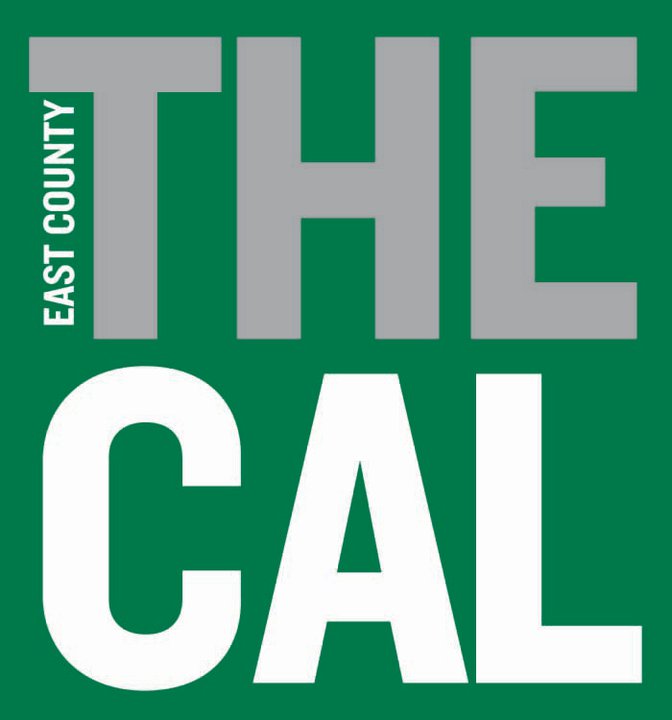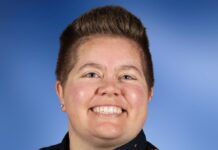La Mesa Conversations, a relatively new organization with a stated mission “to create opportunities for La Mesans to explore issues together, sharing fresh ideas for a future that works for all of our residents,” presented “The Future of Downtown La Mesa” at the Masonic Lodge in La Mesa on Jan. 27. The event was billed to provide 30 minutes of introductions and initial panel presentations, following by an hour of “moderated conversation and questions and answers.”
La Mesa Conversations, a relatively new organization with a stated mission “to create opportunities for La Mesans to explore issues together, sharing fresh ideas for a future that works for all of our residents,” presented “The Future of Downtown La Mesa” at the Masonic Lodge in La Mesa on Jan. 27. The event was billed to provide 30 minutes of introductions and initial panel presentations, following by an hour of “moderated conversation and questions and answers.”
The presentation was moderated by Barry Jantz, CEO of Grossmont Healthcare District and former La Mesa councilman, and included panelists David Witt (city manager, City of La Mesa), Christopher D’Avignon (CEO of Land Design, Inc.), and Mary England (President/CEO, La Mesa Chamber of Commerce).
In his opening comments to the standing room only audience of well more than 100 people, La Mesa Conversations Committee Member Colin Parent thanked everyone for coming out, noting the attendance was far greater than they had anticipated, nearly doubling that of their previous event. Parent informed the standing room only crowd that questions would be fielded from the audience, after brief introductory comments by the panelists.
Parent turned the floor over to Jantz, who commented about events decades past, before calling upon the panelists for initial comments. Witt described “Main Street as an iconic part of American culture,” observing that people are passionate about La Mesa’s downtown. Continuing, he spoke of the challenge of balancing what to preserve with on-going changes, discussing the history of “transit oriented development.” Witt added that Streetscape came in within schedule and budget.
D’Avignon, although his development is some distance from the La Mesa downtown, commented upon how, as a developer, it is important to be able to market a project and obtain a return for the investors. Comments relevant to the future of downtown La Mesa was that projects need to “look like California, look like La Mesa.” He was followed by England of the Chamber of Commerce.
In her initial comments, England noted there are a lot of leases and not a lot of sales of buildings/properties in the La Mesa downtown. Consequently the property owners control what businesses go into the available spaces, as they seek “fair market value” for their leases. Like Witt and D’Avignon before her, England did not address anything specific about the future of the downtown area.
In “moderated conversation,” Jantz spoke of the Park Station area (former Bob Stall location, bounded by Spring Street, El Cajon/I-8, Baltimore, and University), pointing to the history of “protracted battles” over its development. Witt again raised “transit oriented development,” adding that in future development “the town will not accept merely ideas,” but will need specifics from developers.
The event eventually shifted to questions from the attendees, submitted on 3×5 cards collected and screened by the La Mesa Conversations Committee. One question asked why so many businesses were closing, to which England offered that it is a mix of rising costs (products, labor, materials), effective marketing, and competition from Internet sales. Another question asked about having a gateway sign, much like seen in El Cajon and neighborhoods in San Diego. Witt addressed matters such as cost, location, and possible interference with the trolley overhead power lines.
In response to the question about density versus vibrancy, Witt offered that you “need public parking to have a real downtown area,” because you need people to have a real downtown. Another question regarding expanding the library generated some passionate conversation, which was dampened by moderator Jantz declaring there was not time for a debate on the matter.
When a question asked about the character of the downtown, with the writer indicating it “feels incomplete and sterile” and had “lost its character,” interest was generated in the audience, with several people speaking up. The moderator eventually asked for a show of hands if the Streetscape Project was an improvement, to which the majority of those still present indicated it was. In brief closing comments, England encouraged folks to support the local business community and Witt declared La Mesa is “lucky to have a downtown.”
While departing, Laurie MacDonald (member of the La Mesa Conversations committee) was asked if the La Mesa Village Merchants Association had been invited to participate on the panel, having expected a conversation about the future of downtown La Mesa, which has recently undergone the months long construction of the Streetscape project and seen numerous businesses close. She indicated they had not, while acknowledging they should have been.














